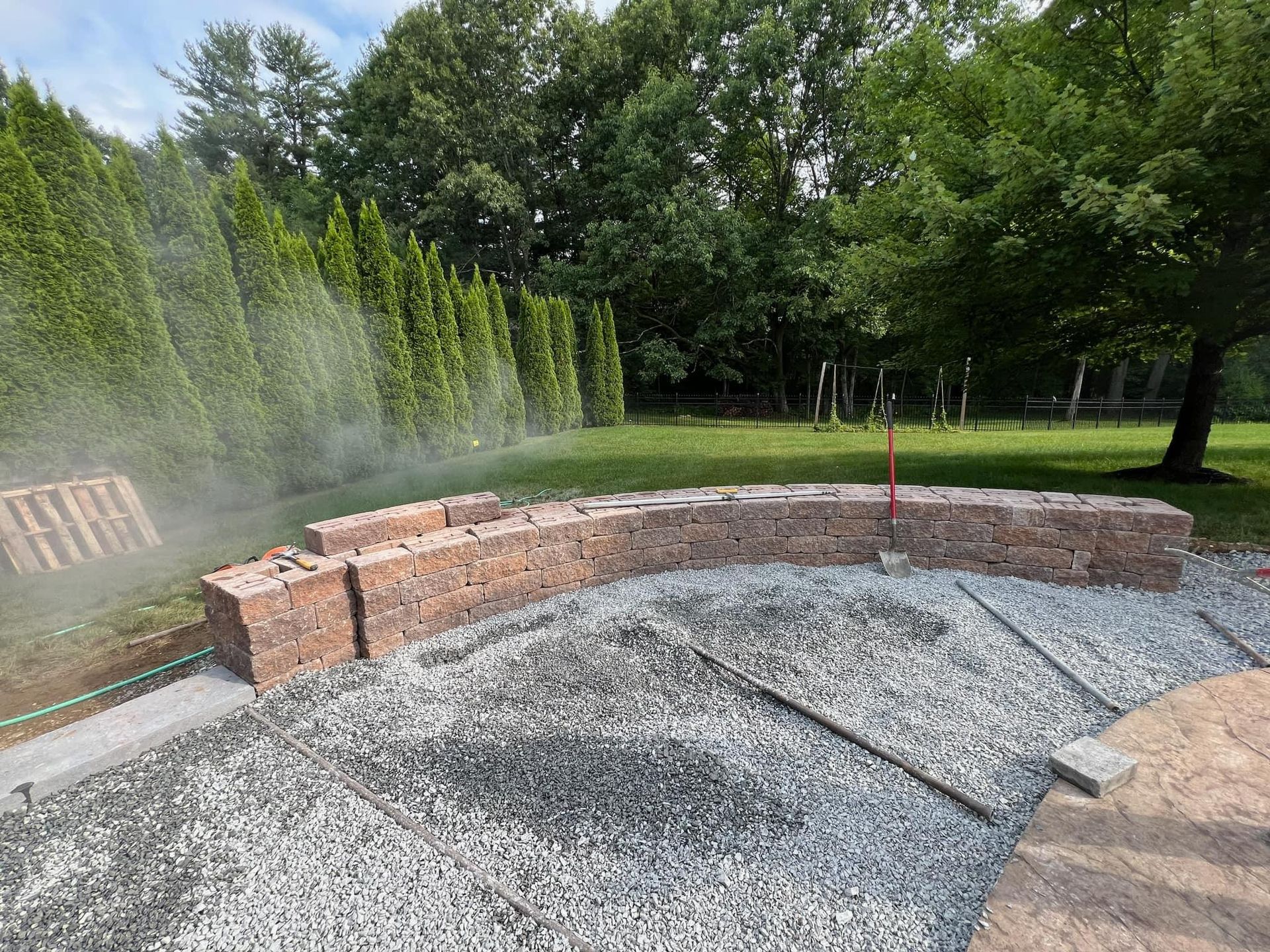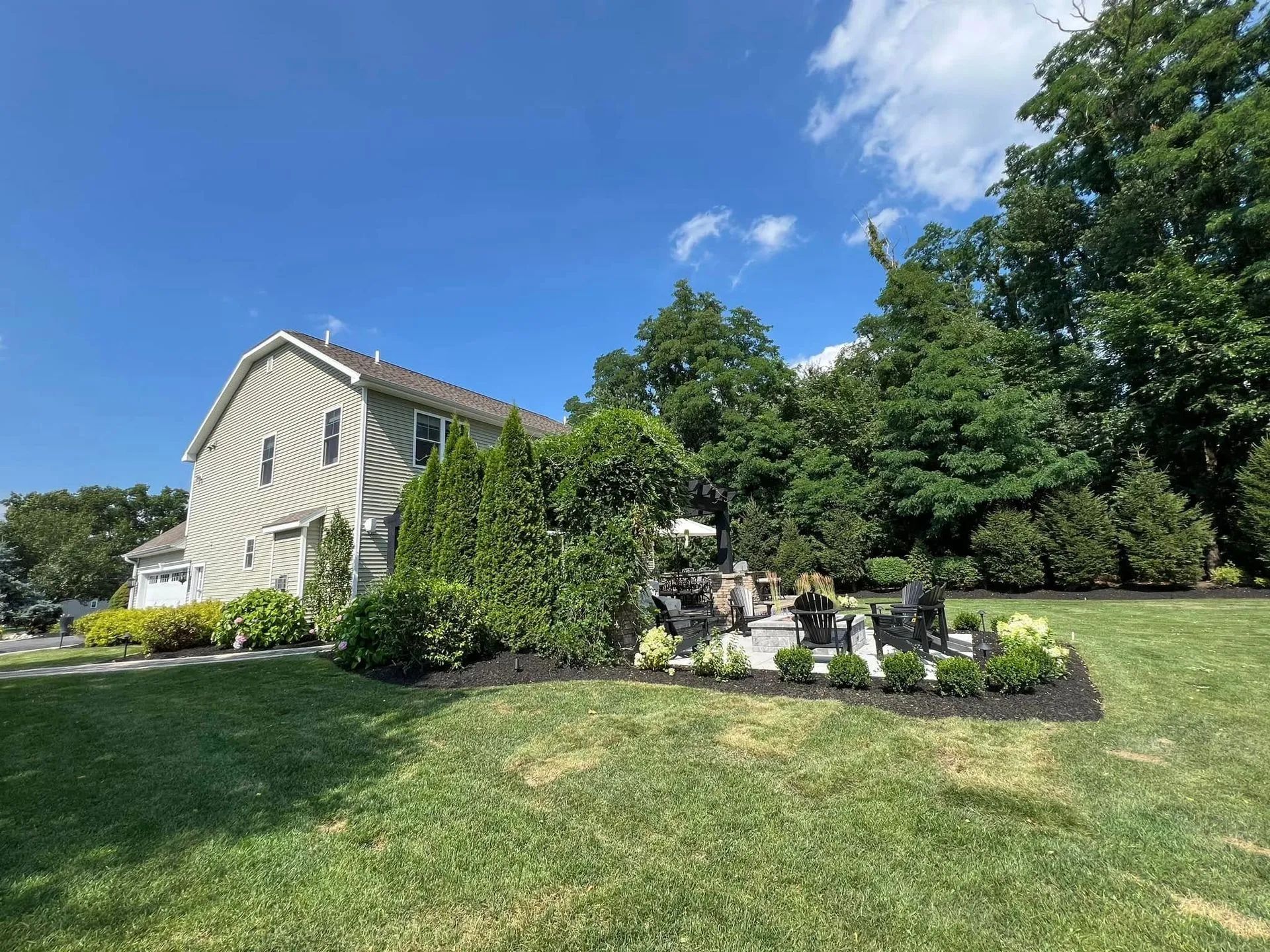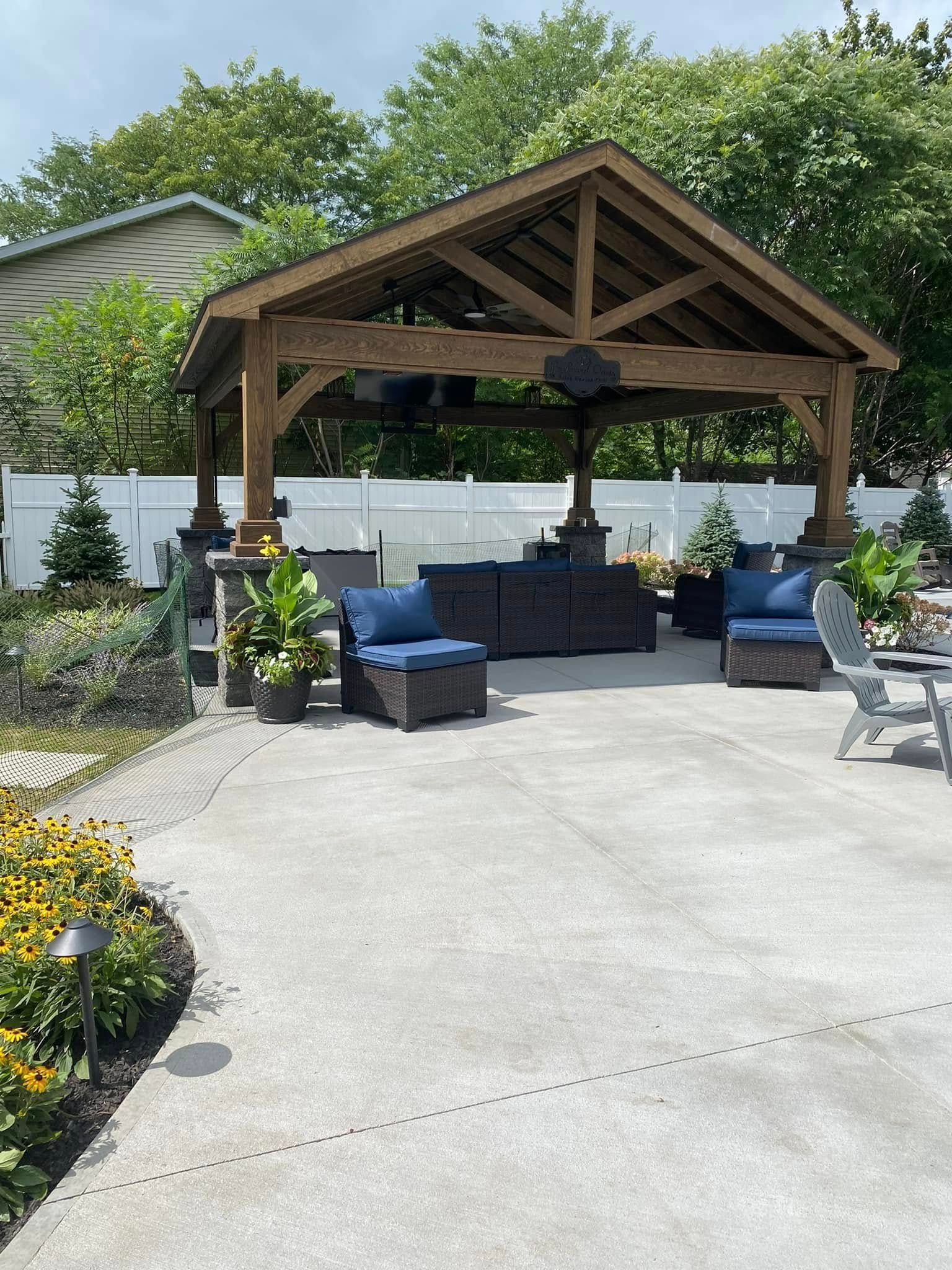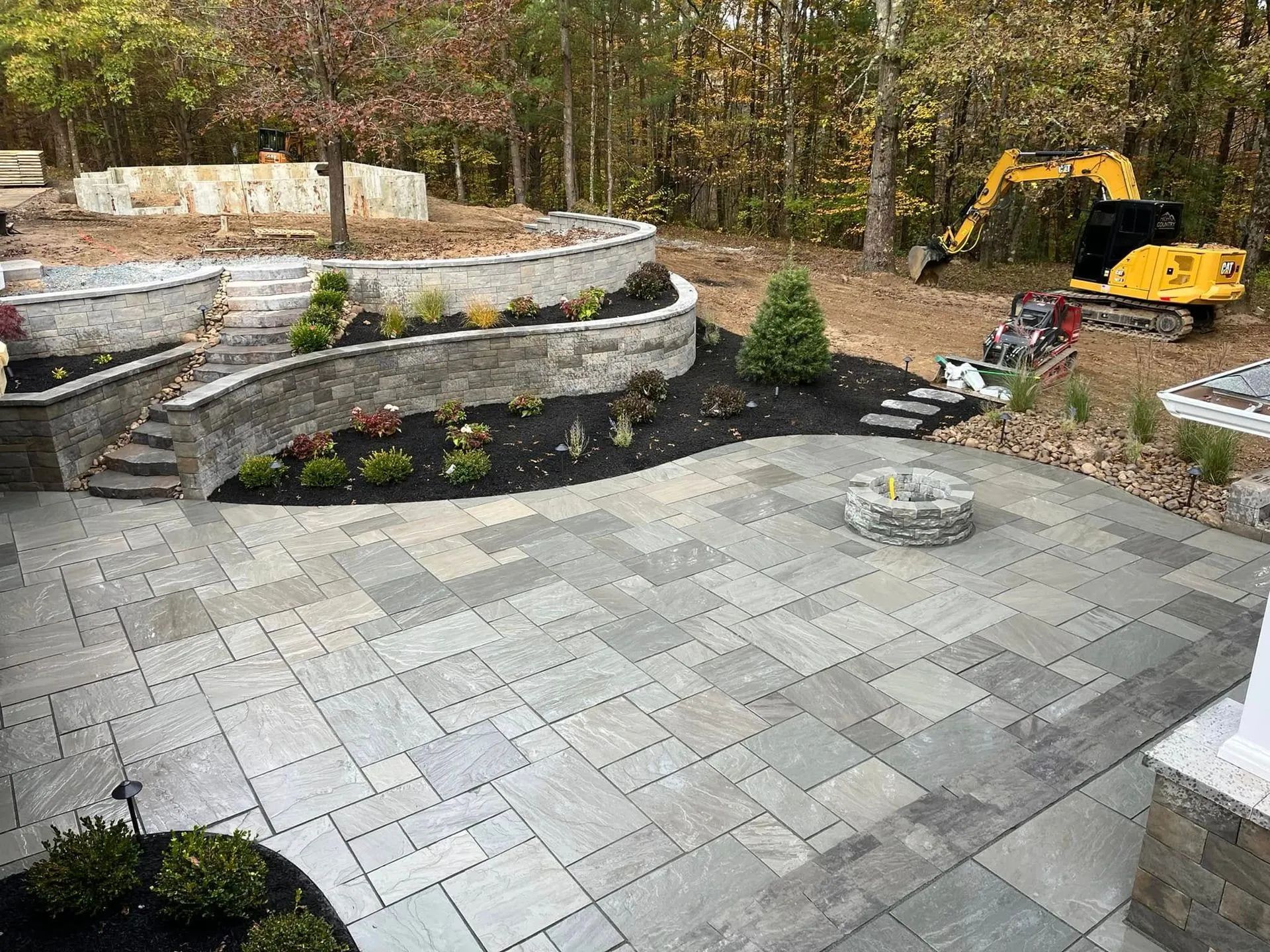The Ultimate Guide to Building Beautiful Retaining Walls for Your Yard
April 28, 2025

Creating a well-structured and aesthetically pleasing outdoor space involves more than just planting shrubs or laying sod. One of the most impactful landscape features homeowners can incorporate into their yards is a
retaining wall. These structures not only provide essential support to sloped terrains but also enhance the visual appeal of a property. When designed and constructed properly, retaining walls can serve both functional and decorative purposes, adding value to your landscape while solving practical issues such as erosion and drainage. In this guide, we’ll explore the key aspects of building beautiful retaining walls and how to ensure long-lasting results for your yard.
1. Choose the Right Materials
The durability and visual appeal of your retaining wall heavily depend on the materials selected. Common options include natural stone, concrete blocks, timber, and brick. Natural stone and concrete blocks are particularly favored for their strength and versatility. When choosing materials, consider not only their aesthetic compatibility with your existing landscape but also their ability to withstand weather conditions and soil pressure over time. A professional landscaper can help you match material types to the style and functional needs of your yard.
2. Understand Site Conditions
Every yard has its own set of challenges—soil type, slope, drainage, and surrounding vegetation all play crucial roles in how a retaining wall should be designed. Before construction, a proper site assessment should be conducted to understand these factors. For example, sandy soil may require different wall reinforcements compared to clay-heavy terrain. Additionally, taking into account existing water flow helps prevent future erosion or wall failure, making site analysis an essential first step.
3. Incorporate Proper Drainage
One of the most common causes of retaining wall failure is poor drainage. Without a way for water to escape, hydrostatic pressure builds up behind the wall, potentially causing cracks or collapse. To avoid this, incorporate drainage solutions such as gravel backfill, perforated drain pipes, or weep holes. These features direct water away from the wall and ensure the long-term stability of the structure. Proper drainage also helps protect nearby plant life and prevents unsightly water pooling in your yard.
4. Design for Aesthetics and Functionality
While retaining walls serve an important structural purpose, they can also be designed to enhance the visual interest of your landscape. Consider incorporating curves, tiered levels, integrated steps, or even built-in seating. Using contrasting or complementary materials can also elevate the design. A well-designed retaining wall should seamlessly blend with the natural surroundings and support other landscaping features, ultimately creating a cohesive and attractive outdoor space.
High Country Hardscape & Landscape Designs LLC has proudly served Clifton Park, New York, for 25
years. Specializing in custom landscaping and hardscaping solutions, we bring expert craftsmanship and creativity to every project. Whether it's building beautiful retaining walls or transforming your entire outdoor space, we deliver quality results that stand the test of time.






